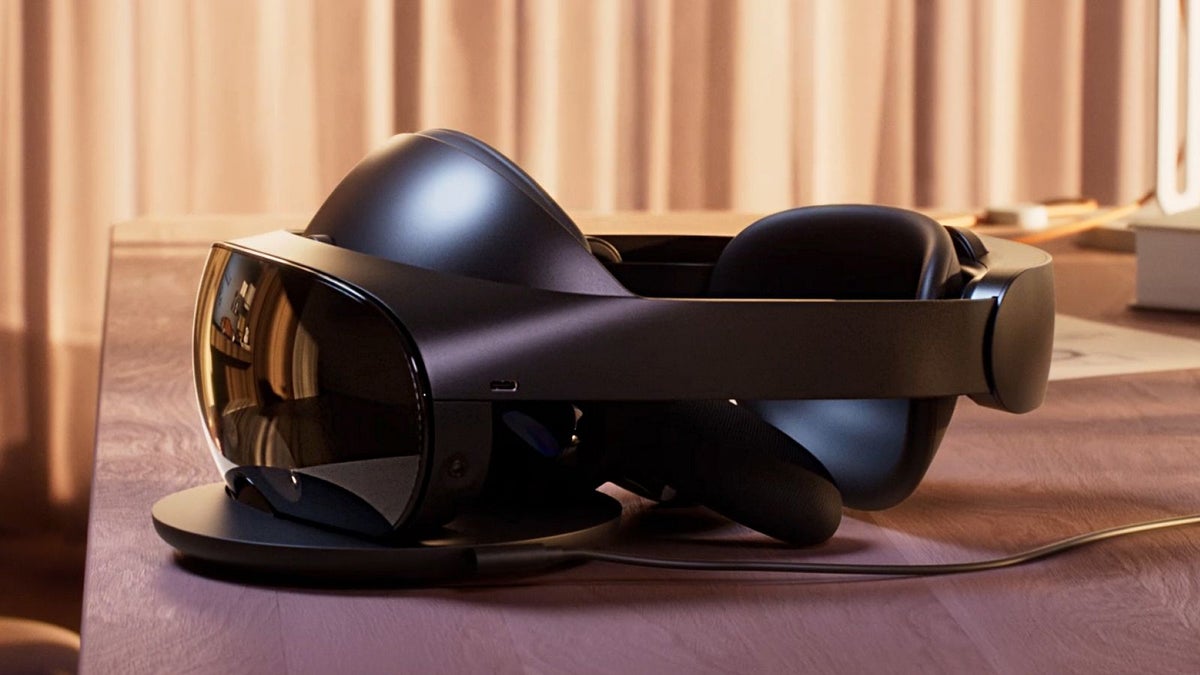Eye tracking will be the standard for Meta Quest headsets! Just not now, but in the future.

Is there any point to delaying the inevitable? Let's admit it: the Meta Quest 3 is one of the best VR headsets ever. And you know what? It’s probably the one that you should get if you’ve planning to get into XR.
And it’s not difficult to explain why. It has a standalone mode, so you aren’t required to have a powerful PC, but it’s also powered by state-of-the-commercially-available-art hardware. Oh! And Meta has great plans in store for the Quest 3, extending to 2024 and beyond.
So where’s the catch? Well, I’ll tell you: it doesn’t have eye-tracking. And while that is far from being a dealbreaker, I’d like to explain why and then relate that to a future that a Meta CTO illustrated for us.
But, you know, the future is not today. And that’s important.

But before we explain why that is: this info is coming straight from Andrew "Boztank" Bosworth’s Instagram account, where the Meta CTO held a Q&A. Said session also includes a part, during which Andrew explains where eye-tracking on the Quest 3 is.
Because, essentially, it’s gone. Which is weird, because the Quest Pro had it before the Quest 3, but the latter is still more powerful. Yet somehow, less capable. Why?
Well, the “Pro” part in the Quest Pro isn’t just about power, but about sensors. And the Quest 3? It has cut some of those out in favor of keeping a relatively not-insane price tag, like the one that the Pro launched with.
Despite the premium feel and extra sensors, however, the Ques Pro offered little to no built-in opportunities for eye-tracking. I mean, you can’t even use it for UI navigation, which is something that even the PSVR can do!
Andrew believes in a future where all Quest headsets coming with built-in eye-tracking will be a standard… But only when Meta feels that it can get the right tech at the right price to work at the expected quality.
And since the PSVR supports eye-tracking, those seem to already be available, right?
All of this is to say that we’re already in a future where eye-tracking, in the way that most consumers would expect it, exists. As such, it’s not only hard to believe that Meta can’t figure it out, but it won’t be as impressive when — in the future! — it actually does.
But, you know, the future is not today. And that’s important.

But before we explain why that is: this info is coming straight from Andrew "Boztank" Bosworth’s Instagram account, where the Meta CTO held a Q&A. Said session also includes a part, during which Andrew explains where eye-tracking on the Quest 3 is.
Well, the “Pro” part in the Quest Pro isn’t just about power, but about sensors. And the Quest 3? It has cut some of those out in favor of keeping a relatively not-insane price tag, like the one that the Pro launched with.
Despite the premium feel and extra sensors, however, the Ques Pro offered little to no built-in opportunities for eye-tracking. I mean, you can’t even use it for UI navigation, which is something that even the PSVR can do!
Andrew believes in a future where all Quest headsets coming with built-in eye-tracking will be a standard… But only when Meta feels that it can get the right tech at the right price to work at the expected quality.
But, pardon my skepticism, how is the PSVR headset capable of doing that at a relatively similar price point to the Quest 3? Sure, the PSVR doesn’t offer a standalone mode, but from what I gather, Andrew highlights that this isn’t a matter of raw power, but of sensors.
All of this is to say that we’re already in a future where eye-tracking, in the way that most consumers would expect it, exists. As such, it’s not only hard to believe that Meta can’t figure it out, but it won’t be as impressive when — in the future! — it actually does.
Follow us on Google News














Things that are NOT allowed:
To help keep our community safe and free from spam, we apply temporary limits to newly created accounts: